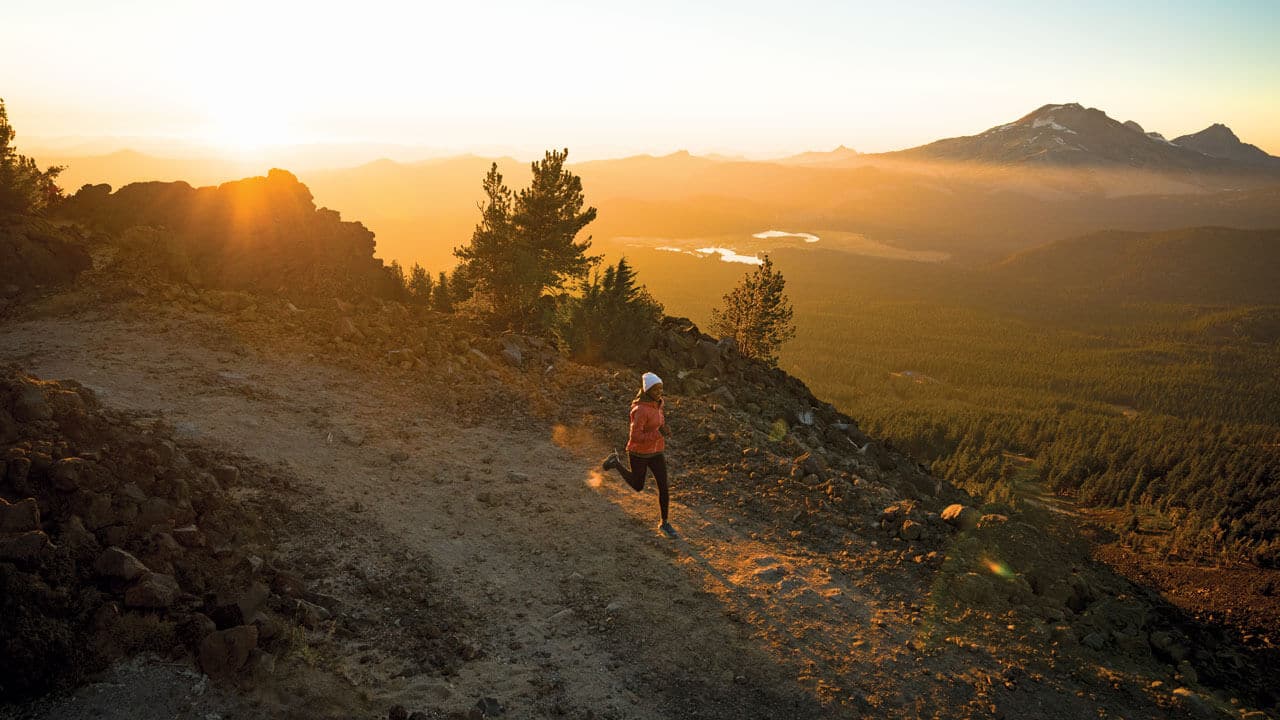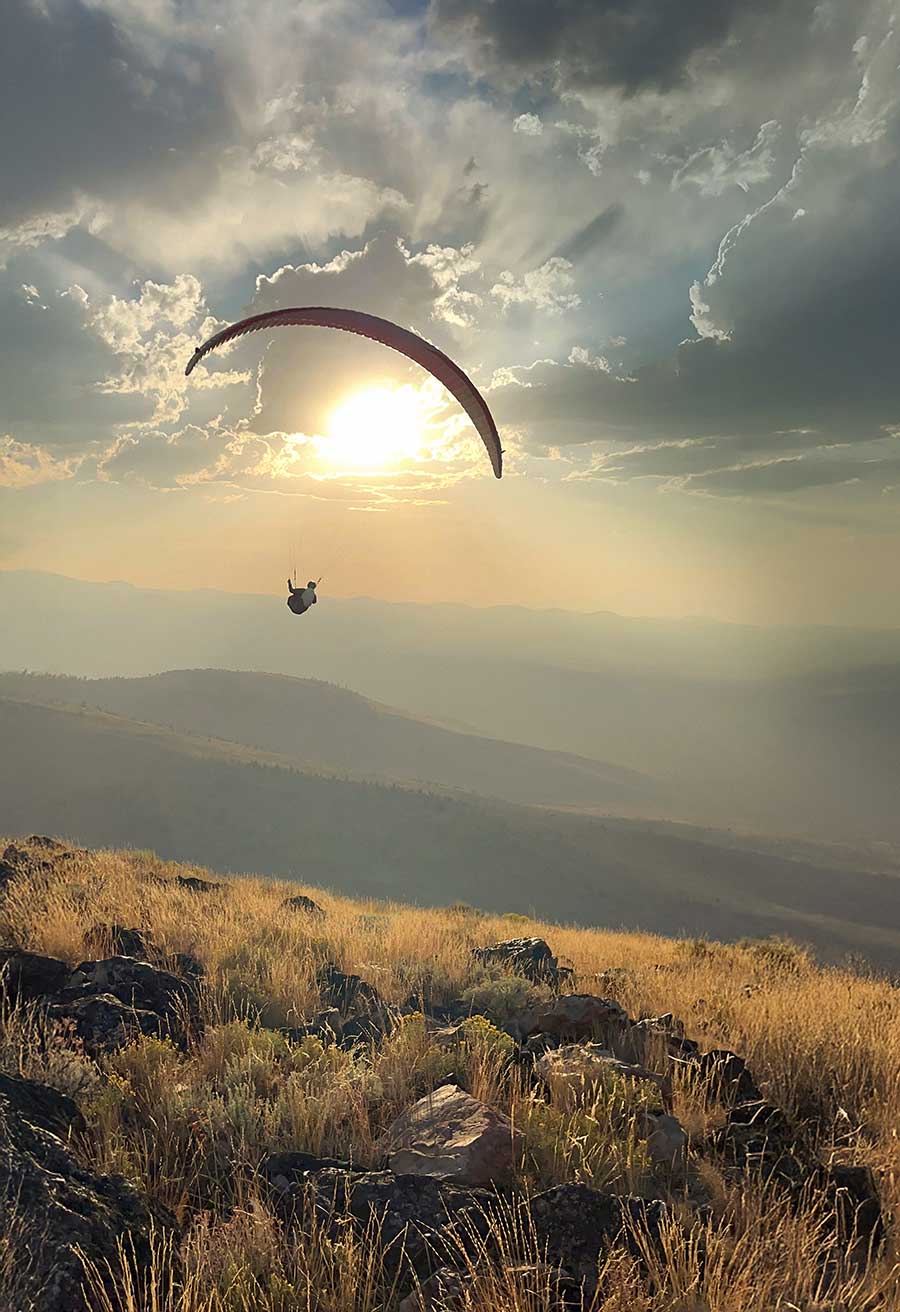Runners Take it Step by Step to Cross a Finish Line at 26.2 Miles
If finishing a marathon is just putting one foot in front of the other roughly 55,000 times, why don’t more people do it? Fewer than 1% of Americans ever will. Standing at the start line of the Berlin Marathon in September 2024, I asked myself the same question. [Photo above by Martin Sundberg]
Despite having run 11 marathons, I’ve battled plantar fasciitis, hip pain requiring cortisone shots and, at 72 years old, a depleted pool of training partners. As I waited for the race to begin, doubt crept in—could I even make it to the finish?
More Than a Sum of Miles
A marathon is so much more than 26.2 miles. To give the distance some respect, it’s like running from southwest Bend to Sisters—not exactly something to attempt without preparation. But where does training even begin?
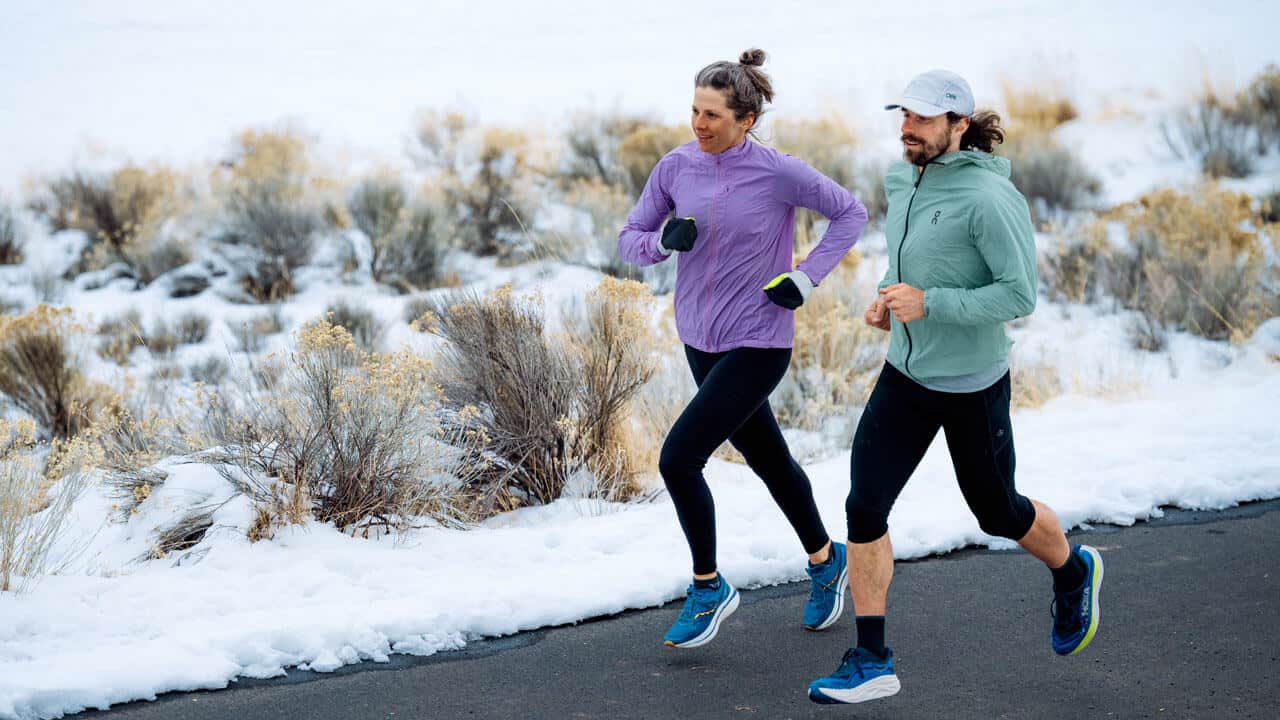
Fortunately, Oregon is one of the best places in the country to take the first steps. It ranks fourth in marathon participation per capita, trailing only Massachusetts, Colorado and Vermont. As the birthplace of Nike and home to Eugene’s legendary Hayward Field, Oregon boasts a deep running culture, an outdoor fitness ethos and a relatively mild climate—ideal for long-distance training.
Central Oregon has its own bragging rights as a long-distance running hotspot, with three marathons (Bend, Pacific Crest and Haulin’ Aspen), several ultramarathons and dozens of shorter-distance races. Bend-based running coach and competitive ultramarathoner Ian Sharman sums it up: “This is a big running town for long distances and ultramarathon training. It’s easy to get out the door and run trails.”
For Sharman, understanding why someone wants to run a marathon is key to building the right training plan. Are they aiming simply to finish or looking for a scenic race destination like Bend? Do they prefer a hilly challenge or a fast, flat course? If they’ve conquered half marathons, are they ready to go farther? Or if they’ve run full marathons before, are they chasing a personal best? Regardless of motivation, he said three to six months is what it takes to be ready on race day.
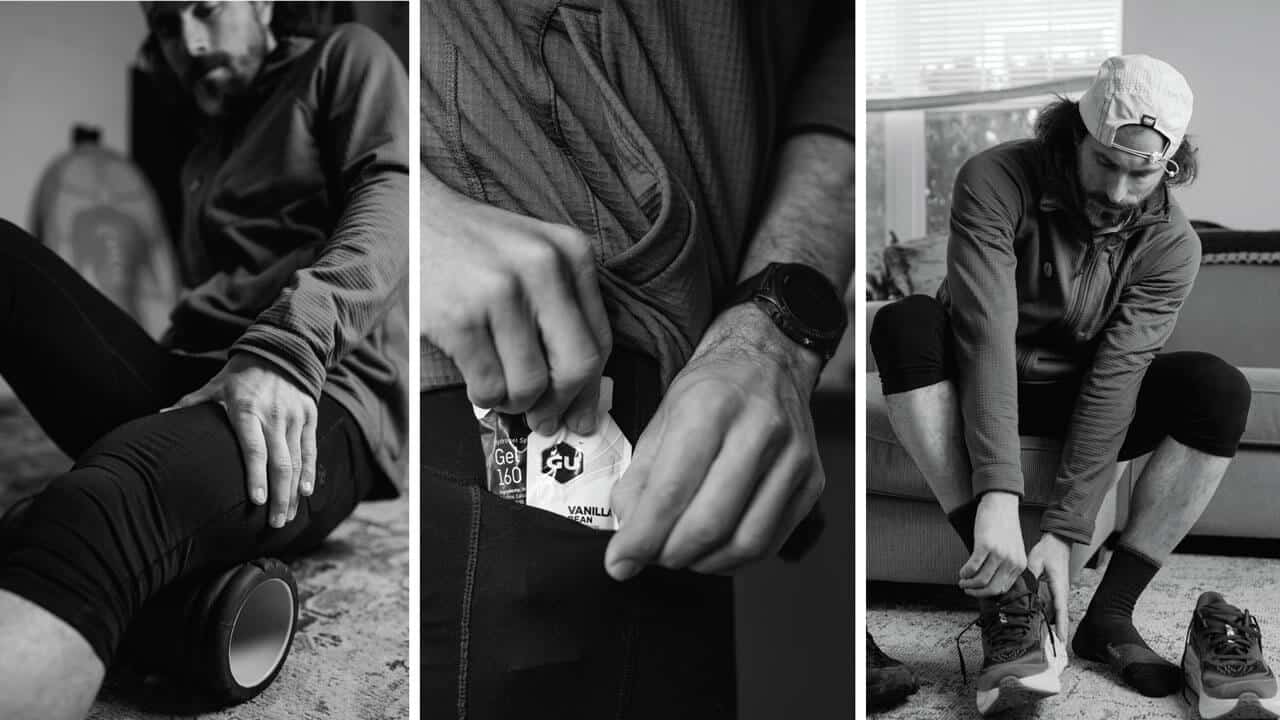
Marathon Training
When it comes to training, few names carry more weight than Hal Higdon, often called the godfather of American running. Author of 36 books, including Marathon: The Ultimate Training Guide, he has completed 111 marathons, with four overall wins and numerous age-group victories. His experience informs his widely used training plans that have helped thousands reach their marathon goals. His 18-week novice program has a 99% finish rate. “It’s very doable,” he said, “and after a runner’s first marathon, we can take them into more advanced training, one that will challenge the best-conditioned runners.”
Colton Gale, manager of FootZone Bend and winner of the Oregon Cascades 100-mile ultra this past August in a record 14 hours and 36 minutes, said that Higdon promotes a sensible walk-run strategy that, over time, shortens the amount of walking time and lengthens the running part.
“It helps promote endurance, grow stamina and patience,” said Gale.
That aligns with a final piece of advice Higdon shared: “Start slow, which applies to everyone from those who have never run a marathon to experienced runners who want to avoid going too fast in the first two miles—they can pick up the pace later. It’s an easy approach that will help anyone get to the finish line.”
Local runners have plenty of support. Summit High School cross-country head coach and Bend Marathon co-race director Kari Strang highlights Central Oregon’s many coaching options, from professional trainers such as Sharman who offer individualized custom plans, to group runs with the Central Oregon Running Klub, FootZone and others. “A running buddy or group makes training fun and motivating, and keeps you accountable,” Strang said. She emphasizes consistency over hard workouts where a runner can’t do anything for days afterward.
A lifelong runner, Strang is passionate about introducing others to the sport and encouraging them to look beyond just logging miles. “People put so much energy into workouts but often overlook the essentials—sleep, nutrition, hydration and cross-training, like strength work,” she said.
Getting the physical elements right is essential, but many long-distance runners will say the mental part is just as crucial.
“We often set limits on ourselves. We’re capable of so much more than that,” said Strang. “Running is a sport that continually pushes you and shows others what you’re made of.”
Ultramarathoner Sharman said that as a coach, he enjoys seeing people who are newer to the sport do something they never thought they could do. “There’s a lot of value in getting into it and embracing the suck. When you’re doing a [long-distance] race, you get exhausted, but it’s a good suffering.”
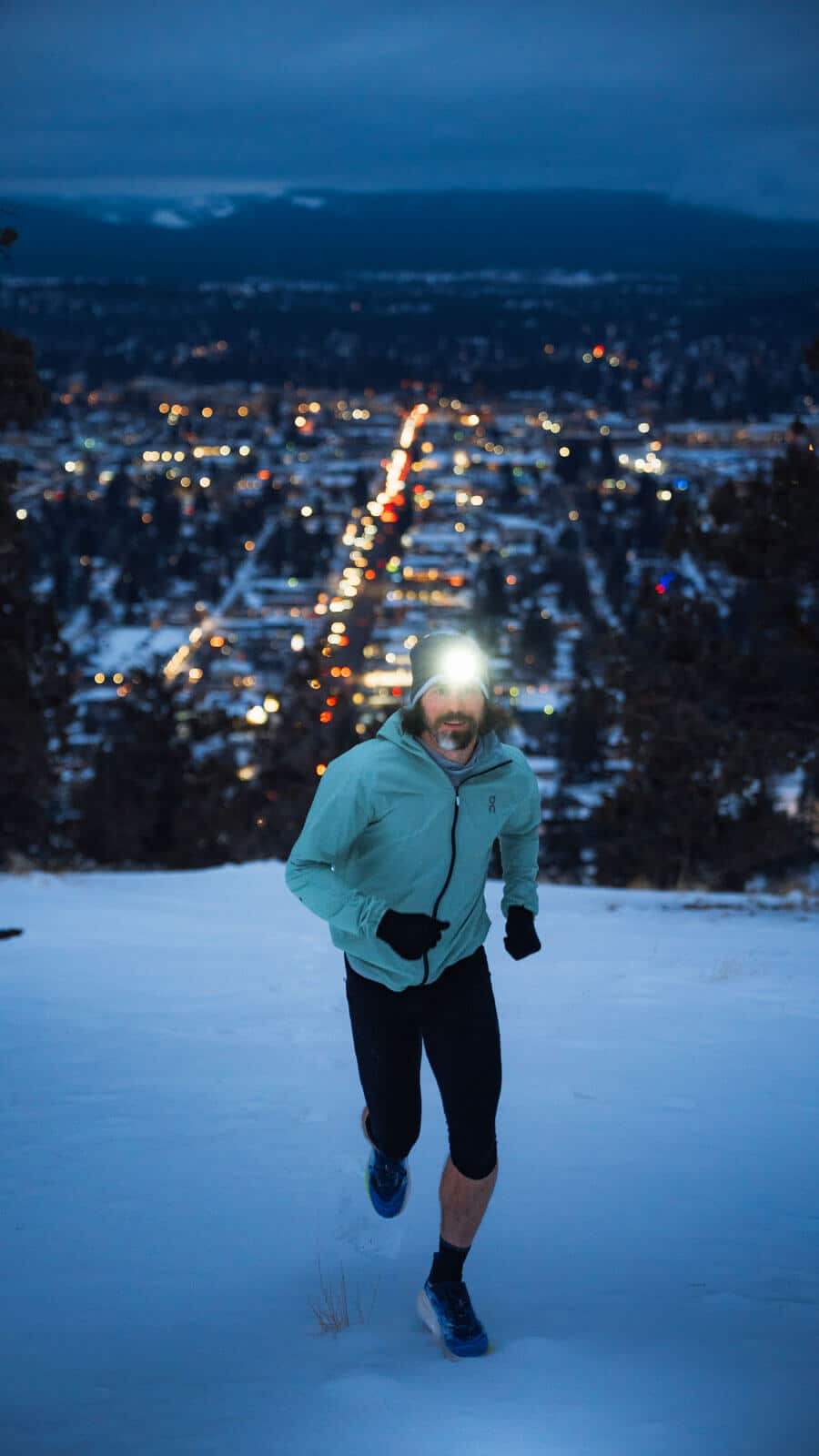
Marathons Trending Upward
Marathon participation has surged during the past 25 years, peaking in 2013 with more than half a million United States finishers. Numbers dipped for a few years as half-marathons gained popularity and races were canceled or held virtually during COVID-19. Still, major races such as New York, Boston and Chicago marathons now have record applicants. Women make up nearly half of all participants, and the number of runners older than 50 is growing.
First-time marathoners account for 40% of finishers, proving that marathons aren’t just for elite Boston qualifiers. In Central Oregon, runners can easily access scenic trails and roads outside their doors to facilitate training. Many will use local half-marathons for training, such as the Salmon Run (April 19, 2025) or Haulin’ Aspen (August 9, 2025). The Bend Marathon (April 13, 2025) is, “an honest course that has some grit to it,” said co-race director Strang. “We don’t have a lot of people calling it easy, but it gives people bragging rights and is always cool.”
As I approached the Brandenburg Gate, I was reminded of what well-known Running World columnist and motivational speaker John Bingham wrote: “The miracle isn’t that I finished. The miracle is that I had the courage to start.” Crossing the line comes down to experience and digging deep, step by step: I was greeted by my family, marathoners themselves, and I embraced my husband, tears streaming down my face with the sheer joy of completing my 12th, and final, marathon.
How to Run Without Pain
Long-distance running offers many benefits: scenic trails, improved fitness, new friendships and even exotic travel. However, the sport also carries risks, with published studies showing that up to 50% of runners experience lower extremity injuries. Knees are most vulnerable, but issues can arise anywhere from the hips to the feet.
For Bend audiologist Amy Winkler, that risk became a reality after completing dozens of marathons—including the Boston Marathon in 2016— when she was sidelined by persistent heel pain. She underwent surgery in 2020 for Haglund’s deformity, a bony heel growth, and felt strong enough in 2022 to enter the Haulin’ Aspen Half Marathon—until the pain returned.
Rob Hollander, an orthopedic physical therapist and cofounder of Alpine Physical Therapy, attributes most running injuries to overuse.
“If an athlete loads tissue beyond its ability to adapt—running 25 to 60 miles a week without proper rest—injury is likely,” he said. His advice? “If pain affects your ability to run, scale back. Give your body a break.”
Still, race day is a powerful motivator. “Everyone has a goal, whether it’s finishing in the top 10 or completing a first marathon,” Hollander said. “Crossing that finish line is a rad feeling.”
Winkler shifted gears, turning to gravel biking and HIIT classes. Now, she hopes to run the Eugene Half Marathon this year and gradually build back up to 26.2 miles.

